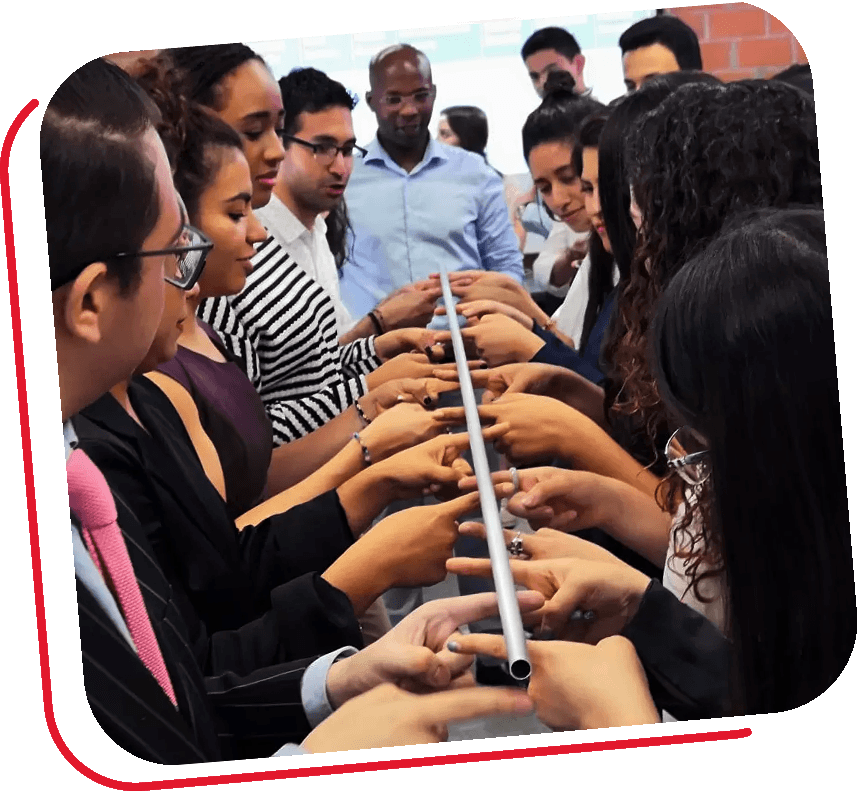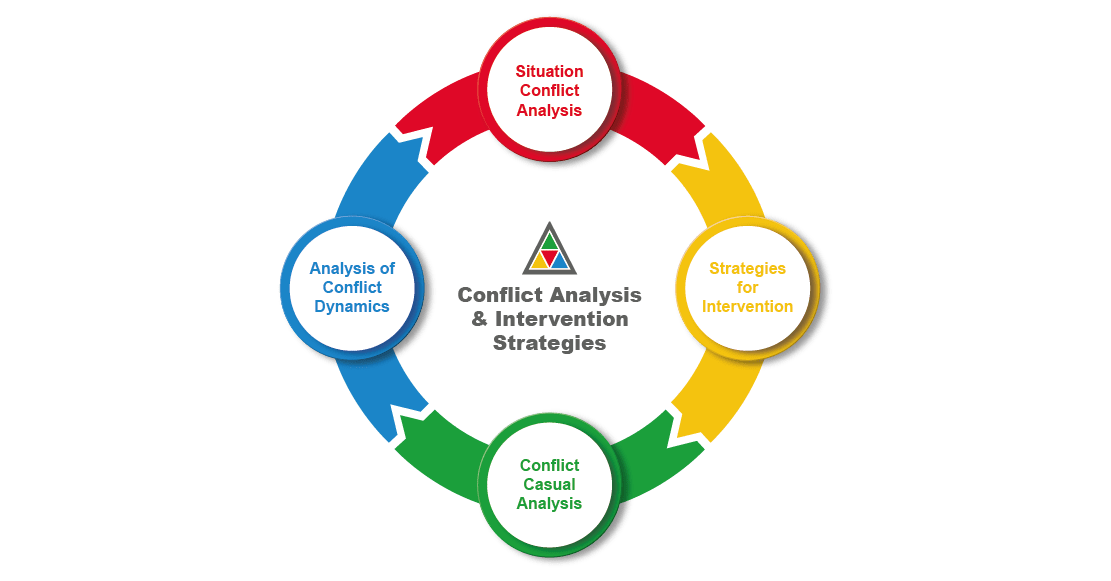About the Academy

Contextual Introduction of Conflict
Conflict dates from the beginning of human history and is probably here to stay. The survival of humankind on this planet will depend on how we manage the various features of conflict that is fueled not only by seemingly incompatible interests and values but also by hostilities (Ho-Won Jeong 2008, p.16). In the past decades, the world has witnessed an increase of conflicts of different nature from international crises to civil wars, the world is engulfed in violence affecting the lives of millions of people, destroying homes, causing displacements, inflicting injuries and taking lives, and creating inequalities thus undermining the possibility for countries to fully develop and societies to recover and flourish.
In efforts to address these challenges, various international actors, from governments to multilateral, non-governmental organisations, religious leaders, women, and youth groups are today committed to end conflicts by intervening directly or indirectly in areas of crisis, but technical approaches to peacebuilding are no longer considered a viable solution. The answer is and must be a whole-of-society one and a more transformative approach has to be adopted if we want to achieve sustainable and durable peace. This must be our priority today in the understanding that peace is not just the absence of violence, but the creation of the political, social and economic conditions necessary for peace to last (United Nations System Staff College 2016, p. 11) conflicts through an in-depth analysis of the nature, roots, dynamics and trends, and stakeholders of the conflicts and surrounding environment in which they take place.
According to the United Nations, conflict analysis helps establish an accurate understanding of the root causes, proximate causes, triggers, dynamics, and trends of conflicts as well as stakeholders involved, impacts on the people, the operational environment and the actors providing the interventions (United Nations Conflict Analysis Practice Note 2016, P. 2).
In relation to development, a conflict analysis entails generating a deeper understanding of inconducive development decisions and actions that lead to discrimination – and sometimes violence – against other groups and communities so that appropriate mechanisms can be implemented to ensure that all groups and communities are included in the development process. Furthermore, conflict analysis can help identify the nature of the populations’ inherent resilience and elaborate ways to support and strengthen that resilience.
Applying a conflict analysis lens, therefore, prevents all actors (national and international) from concentrating resources and efforts only on the symptoms of conflict; conflict analysis supports national counterparts and governments to engage in effective political processes through an analysis of causes, nexuses, entry-points, and opportunities for interventions (United Nations Development Group 2016, p. 13).
In order to explore intervention strategies of managing and possibly resolving conflicts, our objective must be to provide a comprehensive understanding of conflicts through an in-depth analysis of the nature, roots, dynamics, and trends, and stakeholders of the conflicts and surrounding environment in which they take place.
Objectives of the Training
- To provide a theoretical framework for conflict, security, peace, conflict management and conflict resolution, and interventions.
- To demonstrate to participants a comprehensive process for conflict analysis.
- To provide practical tools for diagnosing and understanding conflict situations, and conflict dynamics, through the lenses of human security.
- To provide a framework for developing strategies for interventions, conflict management and conflict resolution.
- To increase participants’ international security and conflict analysis toolbox.

Why partecipate in this Training?
-
- The world is faced with some of the most challenging conflicts in decades from civil wars, uprisings, poverty, to human rights- and environmental-related, and violent extremism and terrorism.
- Conflicts affect the lives of everyone directly or indirectly, undermine state structures, erode economies of countries, and have spill-over effects that undermine the fabric of societies and world peace and security.
- Today’s conflicts require a systemic and inclusive approach, with the involvement of multistakeholders to find lasting, locally owned solutions and a comprehensive understanding of the context in which interveners operate.
- A comprehensive conflict analysis allows those involved in conflict sensitive work at the local, subnational, national, regional, or international levels to plan their interventions (large or small scale) based on sound evidence.
- Many of today’s professions seek to address specific comprehensive security needs that require effective assessment to ensure positive impact.
- Conflict analysis tools can be applied to all professions where needs assessment is required.
Expected Outcomes of the Training
After successful completion of the training, participants should be able to:
- Better understand international security and conflicts from a human security perspective.
- Develop conflict-sensitive, sustainable, and people-centered strategies for interventions, conflict management, and conflict resolution.
- Better understand and conduct conflict negotiations and mediations.
- Use gained transferrable skills to enhance your studies, careers, and further personal and professional development.
- Critically consume information about and understand complex conflict situations.
- Expand working and expertise toolbox in international security.
- Co-author iSCAN strategy booklet.
Structure of the Training
The training is designed to be interactive. Each theoretical part is followed by practical application/examples/case study to allow for a demonstration of the situation.
Who Can Participate in the Training?
The training is suitable for academics (including students), and practitioners (from international organizations, civil society, and governments) working in the field of peace and security, development, humanitarian assistance, international relations, and related fields. There is no age restriction.
The training can be provided to individual organizations and relevant government departments as a tailored internal staff development program based on the assessment of organizational needs to help design strategies to meet those needs.
Interested? Choose from our trainings’ catalog and get an impression from our past trainings!
Which Professional Areas Can Graduates of the Training Engage In?
At the end of the training, participants will be able to increase their competencies in, but not limited to, the following areas:
- Peace and security
- Conflict sensitive program/project implementation/management
- Law enforcement and rule of law
- Conflict management and conflict resolution
- Peacekeeping
- Disaster relief
- Human rights and humanitarian assistance
- Preventive diplomacy
- Early warning systems
- Civil society (including non-governmental organizations) work
- Research

